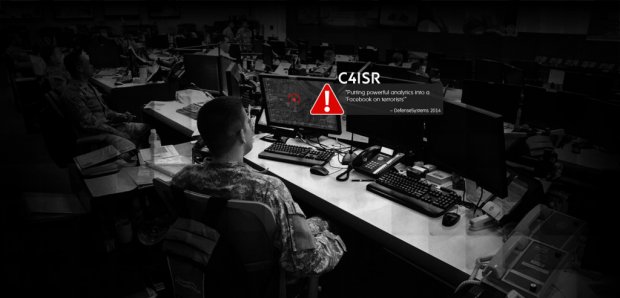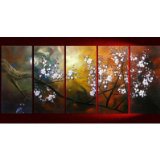
Product semantics wiki
"Product semantics" redirects here.
The semantic turn refers to a paradigm shift in the design of artifacts – industrial, graphic, informational, architectural, and social – from an emphasis on how artifacts ought to function to what they mean to those affected by them – semantics being a concern for meaning. It provides a new foundation for professional design, a detailed design discourse, codifications of proven methods, compelling scientific justifications of its products, and a clear identity for professional designers working within a network of their stakeholders.
The semantic turn suggests a distinction between the technical and user-irrelevant working of artifacts and the human interactions with artifacts, individually, socially, and culturally. Attending to the technical dimension of artifacts, for example, by applied scientists, mechanical or electronic engineers, and experts in economics, production, and marketing, is called technology-centered design. It addresses its subject matter in terms that ordinary users may not understand and applies design criteria users of technology do not care about. Attending to the meanings that users bring to their artifacts, how they use them and talk about them and among various stakeholders, is the domain of human-centered design. For ordinary users, the makeup and technical functioning of artifacts is mere background of what really matters to them.
A prime example for this distinction is the design of personal computers. For most people, the operations inside a computer are incomprehensible, but far from troubling because computers are designed to be experienced primarily through their interfaces. Human-computer interfaces consist of interactively rearrangeable icons, texts, and controls that users can understand in everyday terms and manipulate towards desirable ends. The design of intelligent artifacts suggests that the old adage of “form follows function” is no longer valid – except for the simplest of tools. The semantic turn suggests that human-centered designers’ unique expertise resides in the design of human interfaces with artifacts that are meaningful, easy to use, even enjoyable to experience, be it simple kitchen implements, public service systems, architectural spaces, or information campaigns. Although an automobile should obviously function as a means of transportation, human-centered designers emphasize the experiences of driving, ease of operation, feeling of safety, including the social meanings of driving a particular automobile. As artifacts have to work within many dimensions, human-centered designers must have a sense of and be able to work with all relevant stakeholders addressing different dimensions of the artifact.
You might also like



|
Cherish Art 100% Hand Painted Oil Paintings Gift Full Blossom 5-Piece Wood Inside Framed Hanging Wall Decoration Home (Cherish Art)
|
|
Sangu Gift 100% Hand-painted Hot Selling Framed 5-Piece Yellow Lily Bottle Oil Paintings Canvas Wall Art for Home Decoration(10x16Inchx2, 8x20Inchx2, 8x24Inchx1) Home (Eve's Temptation)
|

|
Sangu 100% Hand Painted Wood Framed Giraffe Meeting in Middle Africa Home Decoration Paintings For Living Room Gift on Canvas 5-piece Art Wall Decor Home (Eve's Temptation)
|

|
Sangu 100% Hand Painted Wood Framed Delicate Words Abstract Paintings For Living Room Modern Oil Paintings Gift on Canvas 4-piece Art Wall Decor Home (Eve's Temptation)
|

|
Sangu 100% Hand Painted Wood Framed 2-piece Hot Sale Twilight Woods For Abstract Oil Paintings Gift Canvas Wall Art Paintings For Living Room. Home (Eve's Temptation)
|





